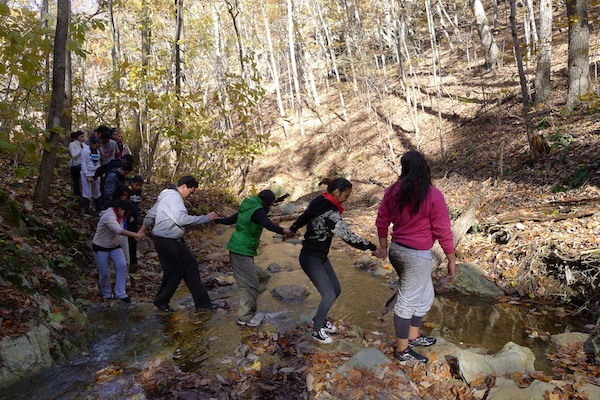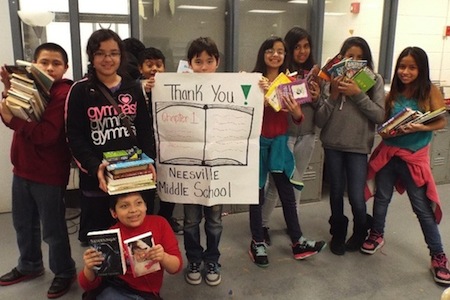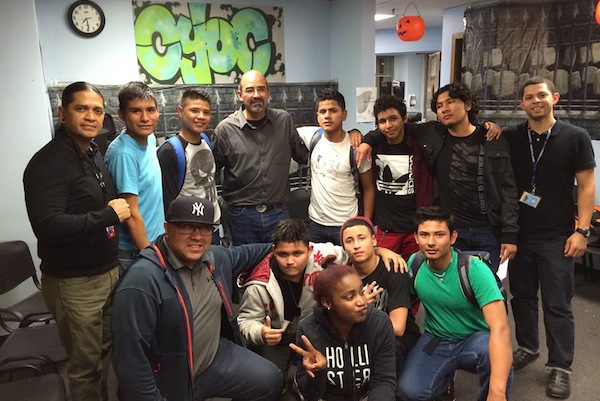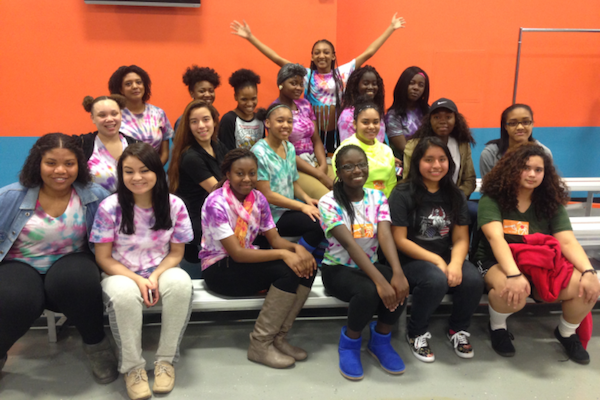Identity works with nearly 12,000 youth and their families, benefiting tens of thousands of residents of Montgomery County, Maryland.
Identity’s primary focus is on Latino youth and their families who live in high poverty areas of the county. With our partners, we serve all youth who need help. For more information on the Identity community, see our latest Evaluation Report.
The youth and families in our programs demonstrate tremendous resilience in the face of tremendous challenges. For instance, 63% of youth in our programs have been separated from one or both of their parents, mainly due to immigration or divorce. Worse yet, these are not short separations: the average length of time that youth reported having been separated from their parents because of an immigration issue was nine years.
Roll over the numbers to reveal some of the biggest challenges affecting youth in our programs.
…of students in Identity’s school-based programs report receiving Free and Reduced Meals (FARMS).
…of foreign-born youth have been in the U.S. less than 1 year; 70% have been here less than 5 years.
…lacked health insurance, and 18% living in a precarious housing situation (rented a room, lived in a shelter or a group home).
…of youth under age 18 lived in a single parent home; 15% lived in a restructured family; 24% lived without either parent.
Demographic data gathered from youth served by
Identity’s school-based programs, Youth
Opportunity Centers, and Soccer program.
We also serve the parents of youth in our programs.
The vast majority of our parents are first-generation immigrants, and they face challenges and barriers that directly impact their children’s ability to succeed in school and in life.
Among a group of Identity parents who were recently surveyed, 9 in 10 said they were foreign born and 8 in 10 said they did not feel comfortable speaking English. Seven out of 10 had less than a high-school education, and 60% of this group reported completing less than 8th grade. We address these challenges and are dedicated to interrupting the intergenerational cycle of poverty.
For more insights about those we serve, as well as program outcomes that demonstrate how we are making a difference and helping youth and families fulfill their potential, please see our 2021-2022 Annual Evaluation Report.
















